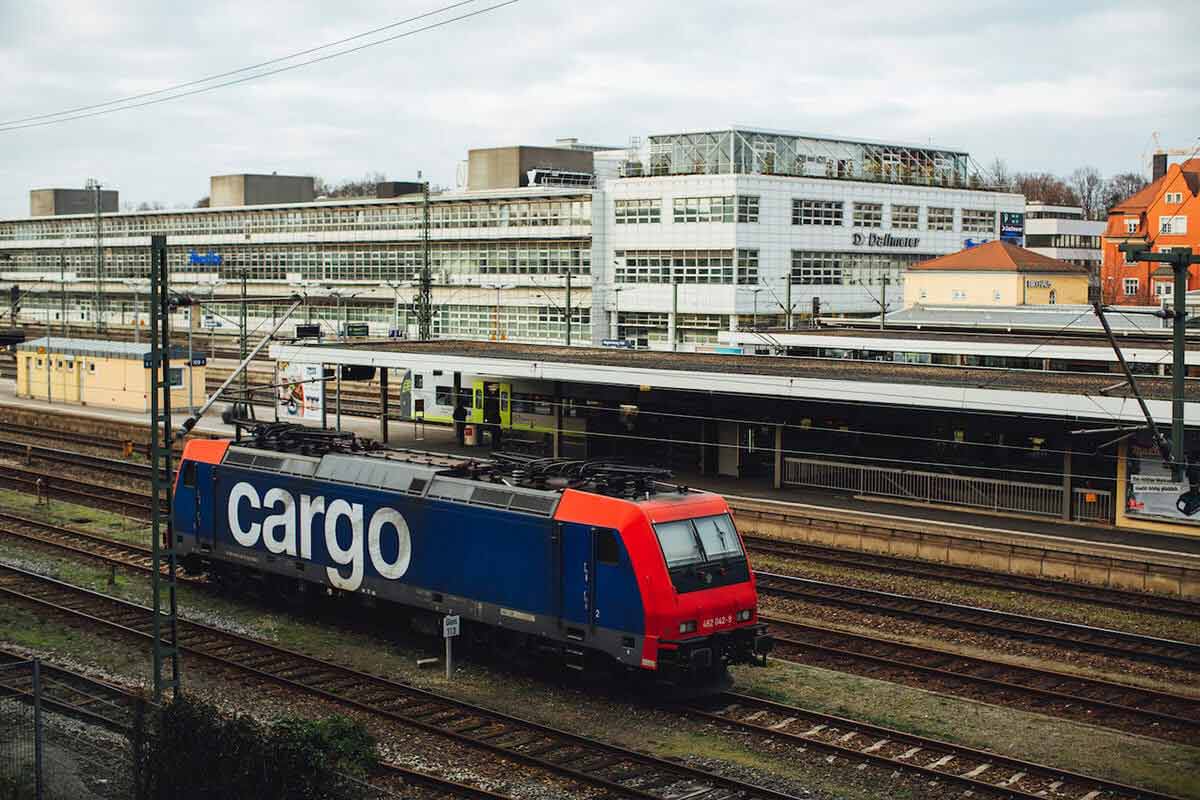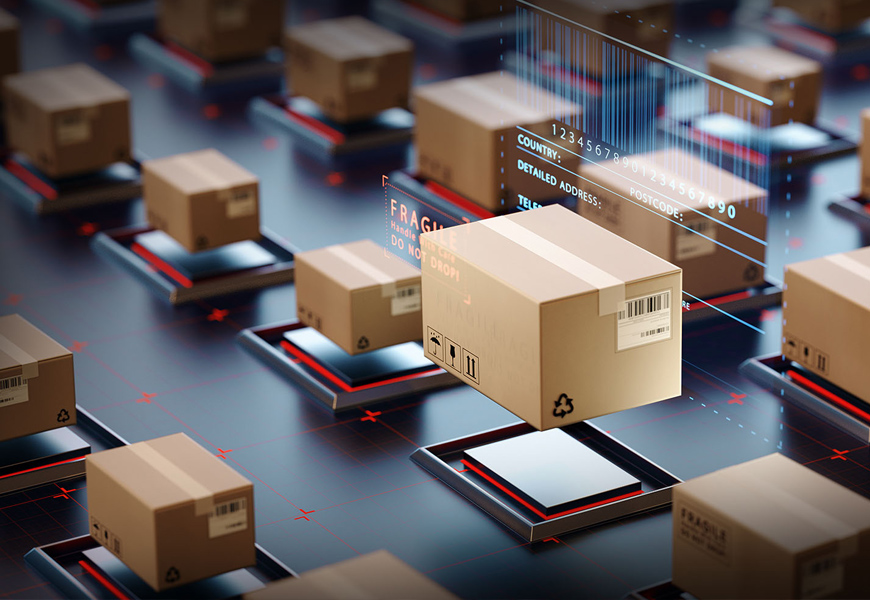
In the fast-paced world of logistics, drivers are often seen as the people behind the wheel who ensure packages arrive at their destinations on time. While this is true on the surface, it barely scratches the surface of the value they bring to the supply chain. Drivers are not just carriers of goods—they are the face of the logistics industry, the first point of contact for many customers, and key contributors to operational success.
The Human Link in a Digital Chain
Modern logistics is driven by technology—automated warehouses, real-time tracking systems, and AI-powered route planning. Yet, despite this digital evolution, the final, crucial connection between companies and customers lies with the driver. They are the human face in a largely automated process, and their interaction with clients often shapes the customer experience more than any app or platform.
A courteous, professional driver can transform a routine delivery into a positive brand interaction. They are the ambassadors of trust, especially in sectors where timing, handling, and discretion matter—like medical supply chains, high-value electronics, or food distribution.
Problem Solvers on the Road
Every day, drivers navigate more than just traffic—they tackle unexpected road closures, adverse weather conditions, last-minute changes to delivery instructions, and tight schedules. Unlike algorithms, drivers think on their feet. They reroute, communicate, troubleshoot, and deliver—literally and figuratively—solutions that keep logistics operations running smoothly.
They also serve as the eyes and ears on the ground. Their observations often help identify issues like damaged packaging, incorrect orders, or safety hazards. This real-time feedback loop is critical for improving operations and avoiding costly errors.
Safety and Responsibility
Logistics drivers shoulder a significant responsibility for safety. They operate heavy vehicles for long hours, often across varying terrains and in different weather conditions. Their adherence to safety protocols ensures not just their own well-being, but also that of other road users and the integrity of the goods they carry.
In regulated industries like pharmaceuticals or hazardous materials, drivers must be trained and certified, handling both compliance and cargo with extreme care. Their expertise in managing these specialized deliveries is vital to both legal adherence and public safety.
Building Relationships and Trust
For many businesses, especially in B2B logistics, drivers are the regular contact point with clients. Their punctuality, professionalism, and consistency build long-term trust and relationships. In rural or underserved areas, they may be the only direct link a company has with its customers, making their role even more essential.
A Vital Part of the Brand Experience
Today’s consumers value not just the product, but the entire delivery experience. Whether it’s a same-day courier dropping off a critical part to a factory or a friendly driver delivering groceries to a family’s doorstep, that experience leaves a lasting impression.
With the rise of e-commerce, last-mile delivery has become a battleground for customer loyalty. A smooth, respectful interaction at the door can determine whether a customer returns—or not. In that sense, drivers have become a critical part of brand identity and customer satisfaction.
Conclusion: Recognizing the Full Role of Drivers
Drivers do much more than transport products from point A to point B. They solve problems, build relationships, ensure safety, and represent the brands they work for. In logistics, where precision, speed, and reliability are paramount, the human role of the driver is more important than ever. Companies that recognize and empower their drivers not just as employees, but as vital brand ambassadors and logistics professionals, will have a distinct advantage in a competitive market.
In short, drivers don’t just deliver products—they deliver service, trust, and value every mile of the way.



